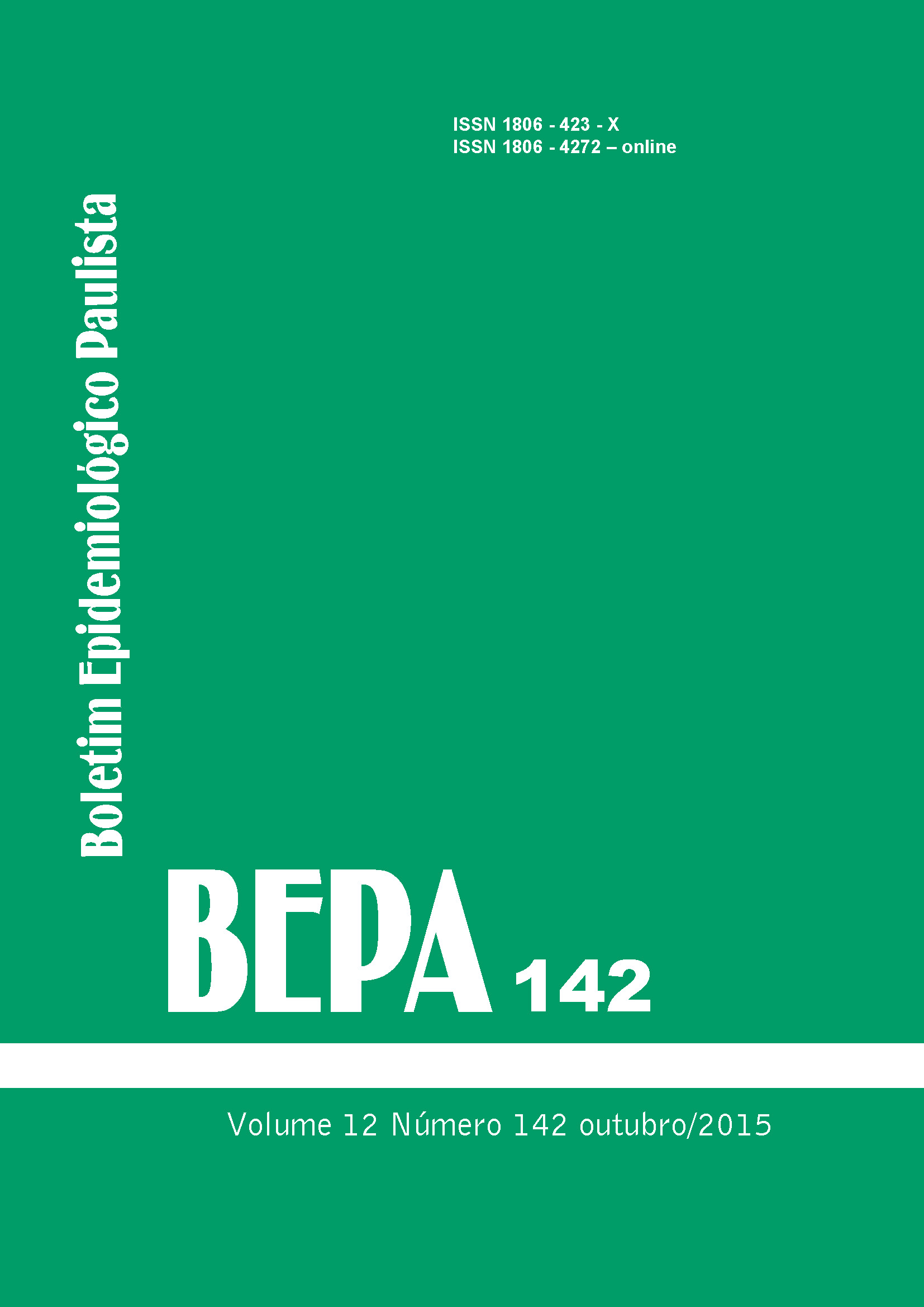Abstract
This study aims to determine the frequency and richness of adult gnats in inter and peripheral domiciles in real states located in urban areas, with emphasis on Ae. aegypti, in endemic municipality of dengue, São Sebastião, North Coast Region in São Paulo State, Brazil. The collections were carried out from February 2011 to February 2012, by using net to catch shrimps and portable electrical capturer driven by battery in inter and peripheral environments of the real states. Results: 8.667 individuals distributed in 7 genders and 17 species were collected. The most frequent species were Cx. quinquefasciatus (81,85%), Ae. aegypti (15,13%) and Ae. scapularis (1,26%). According to the verified environment, Cx. quinquefasciatus and Ae. aegypti were more abundant in the inter domicile environment and Ae. scapularis had similar distribution in the both studied environments. Ae. aegypti females and males were more frequent in the inter one. However, the Cx. quinquefasciatus and Ae. scapularis males showed a tendency of being more frequent in the peripheral environments and the females in the inter ones. 1.320 adults were captured, 1.311 Ae aegypti and 9 Ae. albopictus. The frequency of 5 females and 4 males Ae. albopictus incapacitated a more detailed evaluation. 658 Ae aegypti females and 653 males were collected, both more abundant indoor. From the total of positive real states, approximately 85 % presented up to 2 Ae. aegypti females. The IPA suggested low dispersion among the blocks. The IDA average revealed a density of 1,61 female per house. The IFM was of 0,42 female per inhabitant. The number of Ae. aegypti females captured indoors and outdoor had association with the number of inhabitants, being such an association larger in the inter domicile. Conclusion: A high abundance of Cx. quinquefasciatus, Ae. aegypti and Ae. scapularis adults in the urban area of São Sebastião, north coast region of São Paulo state suggests the possibility of transmission of pathogenic agents of epidemiological importance Such an aspect points out to precaution measures for prevention of arboviruses. The proportion of Aedes aegypti females indoor was higher, reiterating it as an endophilic and endophagic species. The strong association between the number of Ae. aegypti females and the abiotic variables reflects its influence in the infestation levels. The number of Ae. aegypti females found out, suggests low vector density, since in the most of positive residential and non residential real states were registered the presence of up to 02 females of that species. So, it is confirmed the need of studies with female adult mosquitoes, since besides of providing information on its bioecology, it constitutes an important tool for the vector control.

This work is licensed under a Creative Commons Attribution 4.0 International License.
Copyright (c) 2015 Marianni de Moura Rodrigues, Gisela Rita Alvarenga Monteira Marques (orientadora)
